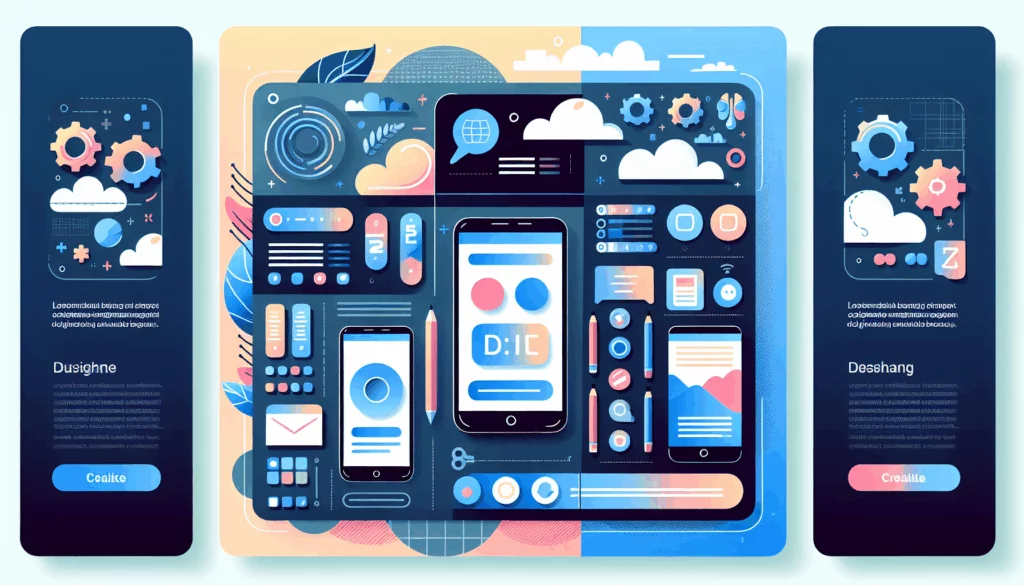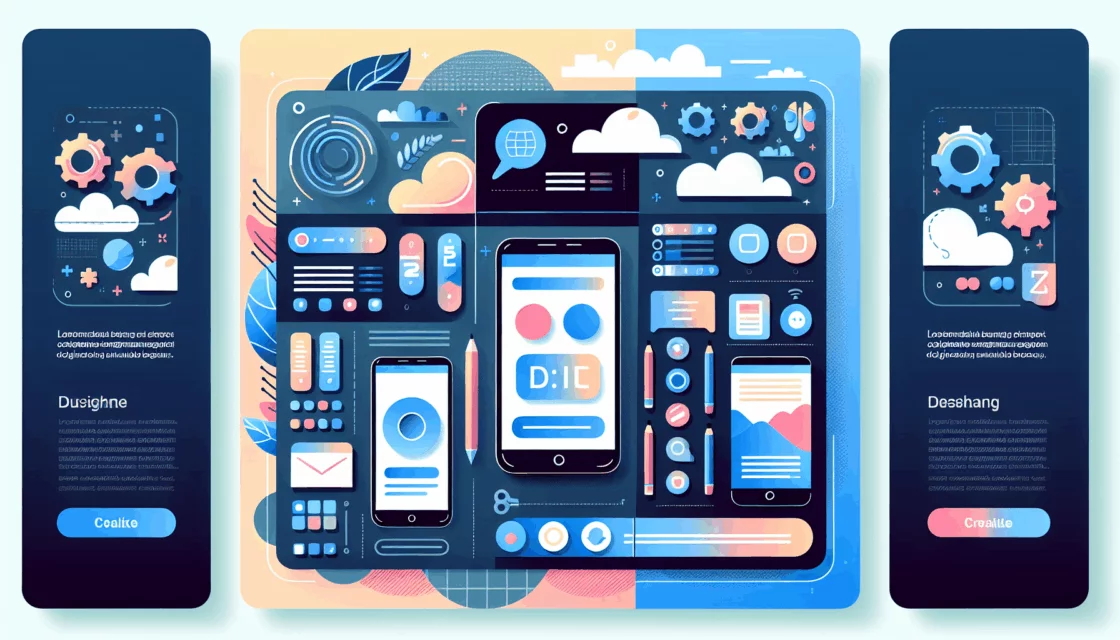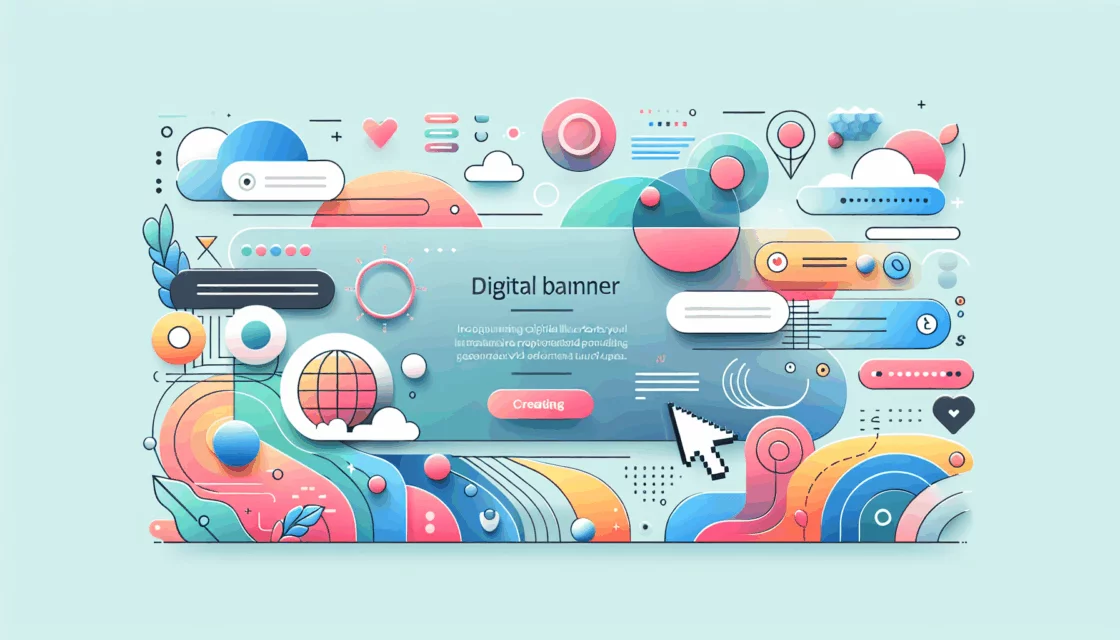
Building a Universal Web: The Power of Progressive Enhancement
In the ever-evolving landscape of web design, one philosophy stands out for its commitment to accessibility, performance, and user experience: progressive enhancement. This approach has been a cornerstone of modern web development, ensuring that websites are usable by everyone, regardless of their device, browser, or internet connection.
The Core Principles of Progressive Enhancement
Progressive enhancement is built on several key principles that ensure a website’s basic content and functionality are accessible to all users. Here are the core elements:
- Basic Content and Functionality: The essential elements that all users should see and interact with are delivered through HTML, ensuring that the core functionality is accessible to everyone.
- Enhanced Layout: Styling is provided by externally linked CSS, which enhances the visual experience for users with capable browsers.
- Enhanced Behavior: Additional functionality is added through externally linked JavaScript, which provides advanced features for users with modern browsers or devices.
- Respect for User Preferences: The approach respects end-user web browser preferences, allowing users to control their experience.
Accessibility: The Heart of Progressive Enhancement
One of the most significant benefits of progressive enhancement is its focus on accessibility. By starting with a strong HTML foundation, developers ensure that content is accessible to all users, including those with disabilities. This includes users who rely on screen readers, keyboard navigation, or other assistive technologies.
For example, Starbucks has invested heavily in progressive enhancement to make its online interface more accessible and user-friendly. By integrating modern web technologies like responsive design and semantic HTML, Starbucks ensures that users can place orders, make payments, and check rewards across various devices.
Performance and Speed
Websites built with progressive enhancement tend to load faster because they prioritize essential content and functionality. Enhancements are only loaded when needed, which reduces bandwidth consumption and speeds up loading times. This is particularly beneficial for users with slower internet connections or those in areas with limited network conditions.
YouTube, for instance, uses progressive enhancement to ensure that users can access fundamental features regardless of network conditions or device specifications. The site remains accessible and functional even when JavaScript is disabled, illustrating the hallmark of an inclusive design.
Future-Proofing Your Website
As the web evolves, browsers and devices continue to change. Progressive enhancement ensures that your site remains functional and accessible as new technologies emerge. This future-proofing means that your site will continue to work well into the future, minimizing the need for costly overhauls or redesigns.
GitHub, a globally recognized programming collaboration tool, has created a responsive interface that stays functional irrespective of the user’s device or network conditions. This move ensures that users can collaborate on coding projects promptly and efficiently, even as technology advances.
Enhanced User Experience
Progressive enhancement provides a tailored user experience. Users with basic browsers receive a functional and readable site, while those with advanced browsers enjoy enhanced features. This approach ensures that all users have a positive experience, tailored to their device capabilities.
For instance, Airbnb has built a website that provides a seamless user experience regardless of the device used. Given the diversity of their user base, inclusive design and accessibility were the primary focus during the revamping of their site. The result is an intuitive and universally accessible website that delivers the core functionality even with limited network conditions.
Best Practices for Implementing Progressive Enhancement
To ensure that your website benefits from progressive enhancement, here are some best practices to follow:
- Start with the Basics: Ensure that your website has a functional and accessible baseline experience. This means using semantic HTML to ensure all content is accessible.
- Enhance with Modern Features: Add advanced features and styling for users with modern browsers or devices. Use CSS and JavaScript to enhance the experience without compromising the basic functionality.
- Test Across Devices: Test your site on different browsers and devices to ensure it works well for everyone. This includes testing on various screen sizes and network conditions.
- Use Feature Detection: Implement feature detection (e.g., @supports in CSS, Modernizr in JavaScript) to apply enhancements only if supported. This ensures that enhancements are applied only to browsers that can handle them.
Real-World Examples of Progressive Enhancement
Several renowned companies have successfully implemented progressive enhancement to improve accessibility and user experience. Here are a few examples:
- Zappos: Zappos implemented progressive enhancement to provide all users with a top-notch shopping experience, regardless of their device and browsing conditions. This universally accessible strategy significantly increased the site’s reach, resulting in higher customer engagement and increased sales.
- Amazon: Amazon leveraged the power of progressive enhancement to ensure access to its vast catalog of products regardless of the device or internet speed. This focus on accessibility and usability has reportedly bolstered Amazon’s user base and increased sales.
Conclusion and Next Steps
Progressive enhancement is more than just a development philosophy; it’s a commitment to creating a web that is accessible to everyone. By focusing on standards-based technologies, ensuring basic content and functionality are accessible, and enhancing the experience for users with modern browsers, you can build a website that is both future-proof and user-friendly.
If you’re looking to implement progressive enhancement in your web design, consider reaching out to experts who can guide you through the process. At Belov Digital Agency, we specialize in creating websites that are accessible, performant, and tailored to the needs of all users. For more information or to get started, visit our Contact Us page.
Additionally, choosing the right hosting can significantly impact your website’s performance. Consider using a reliable hosting service like Kinsta, which is optimized for speed and reliability.
By embracing progressive enhancement, you can ensure that your website is a beacon of accessibility and user experience in the modern web landscape.













